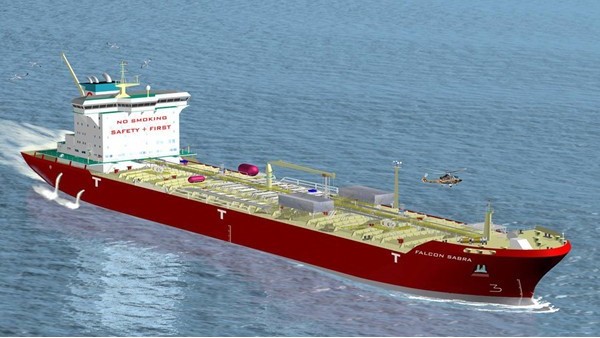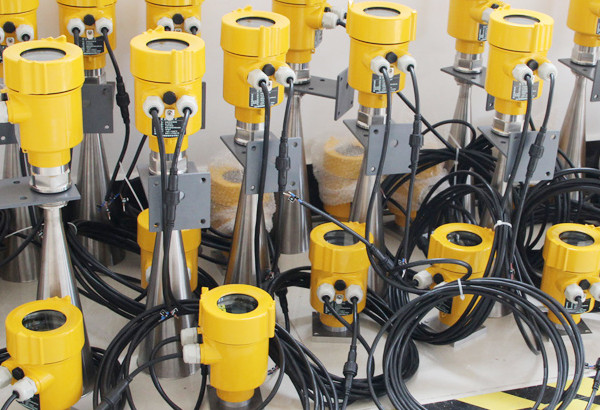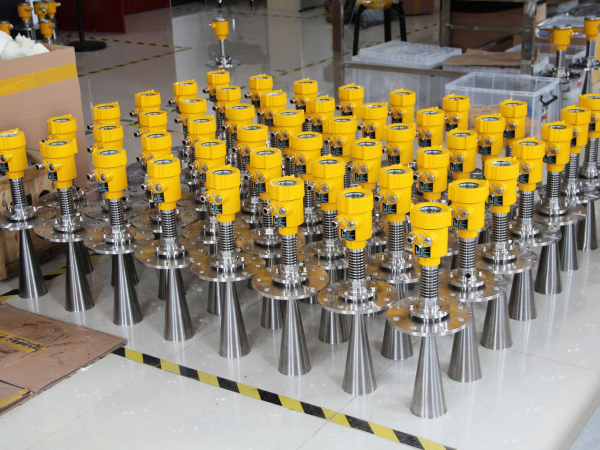In modern industrial and maritime fields, accurate level measurement is key to ensuring safety and efficiency. Radar level meters, with their high precision and non-contact measurement capabilities, have gradually become important tools for level measurement. However, the question of whether radar level meters can effectively measure the liquid level in cargo oil tanks still requires further investigation.

A radar level meter operates by emitting microwave signals and receiving the reflected signals, calculating the liquid level height based on the transmission time or frequency changes of the microwaves. This non-contact measurement method makes it particularly suitable for measuring liquids that are corrosive, toxic, or subject to high temperatures and pressures. The liquids in cargo oil tanks typically possess these characteristics, so theoretically, radar level meters can be used to measure the liquid level in cargo oil tanks.

Cargo oil tanks are typically large and have complex shapes, with potential interference factors such as vapor, foam, or other disturbances inside. These factors can affect the propagation of microwave signals, potentially impacting measurement accuracy. However, radar level meters are equipped with advanced signal processing technology and algorithms that can, to a certain extent, overcome these interferences and ensure measurement accuracy. Additionally, by selecting an appropriate installation location and optimizing calibration, the reliability of the measurements can be further improved.
Considering the performance of radar level meters in practical applications, numerous cases have shown that they are widely used in various storage tank level measurements in industries such as oil and chemicals, including cargo oil tanks. Their ability to withstand high temperatures, high pressure, and corrosion allows them to operate reliably even in harsh environments. Furthermore, through regular calibration and maintenance, radar level meters can maintain high-precision measurement results over the long term.

Although radar level meters perform exceptionally well in most cases, they can still face challenges under certain extreme conditions. For example, when there are large liquid surface fluctuations or significant vapor interference in the cargo oil tank, the measurement error may increase. Therefore, when selecting a radar level meter, a detailed evaluation should be conducted based on specific working conditions. In some cases, it may be necessary to combine it with other level measurement methods to ensure complete accuracy.
Thanks to its non-contact measurement and high precision, a radar level meter can effectively measure the liquid level in cargo oil tanks in most situations. However, for specific application scenarios and complex working conditions, careful selection and optimized configuration are still required to fully leverage its potential and ensure the accuracy and reliability of the measurements.
